Scottish SDI
Type of resources
Available actions
Topics
Keywords
Contact for the resource
Provided by
Years
Formats
Representation types
Update frequencies
Service types
Scale
-
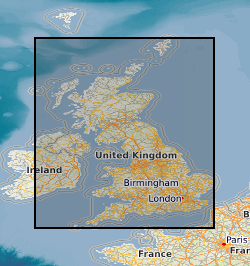
This layer of the GeoIndex shows the location of available 1:50000 scale digital geological maps within Great Britain. The Digital Geological Map of Great Britain project (DiGMapGB) has prepared 1:625 000, 1:250 000 and 1:50 000 scale datasets for England, Wales and Scotland. The datasets themselves are available as vector data in a variety of formats in which they are structured into themes primarily for use in geographical information systems (GIS) where they can be integrated with other types of spatial data for analysis and problem solving in many earth-science-related issues. Most of the 1:50 000 scale geological maps for England & Wales and for Scotland are now available digitally as part of the DiGMapGB-50 dataset. It integrates geological information from a variety of sources. These include recent digital maps, older 'paper only' maps, and desk compilations for sheets with no published maps.
-
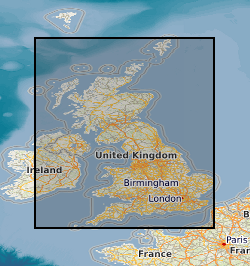
This layer of the map based index (GeoIndex) shows the locations of known mines, mineral showings and localities, including sites where minerals of economic interest have been identified in panned concentrates. The information for the index is taken from the Mineral Occurrence Database. The Mineral Occurrence Database holds information on mineral occurrences in the UK including locations of known mines, deposits, prospects and mineral showings, including sites where minerals of potential economic interest have been identified in panned concentrates. Data is normally taken from published sources or from internal BGS records, such as field sheets, rock and stream sediment collection cards. Data compilation started ca. 1994 and the database currently holds about 13 000 records, but details of many more old workings and occurrences remain to be added.
-
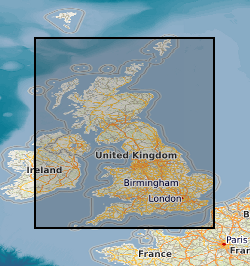
The map shows the localities of significant fossil samples, either collected by BGS Staff, or donated by individuals and institutions. The BGS fossil collections contain over 2 million specimens, including a sizeable quantity of type, figured and cited material. Since a small number of fossil locations are confidential, you are unable to view this dataset at large scales. However, if you send a data enquiry, such information may be made available. Enquiries are normally free, but a charge may be levied depending upon the time taken; users will be notified in advance. Material is available for inspection on application by e-mail. Specimens are sometimes available for loan to bona fide academics.
-
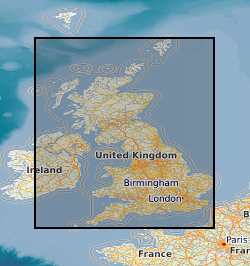
The index shows the availability of county series geological maps, 1:10560 scale. The maps themselves were produced on OS County Series sheets between approximately 1860 and 1960. The list indicates whether the map has been revised or re-surveyed and gives details of any later versions that have been produced. It is advisable to discuss your requirements before ordering or travelling to view these maps.
-
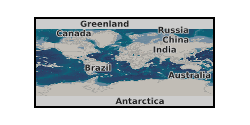
This web service shows the centroids for countries for which there are minerals statistics data (Imports, Exports, Production) in the World Mineral Statistics database. A GetFeatureInfo request can retrieve some of the data for the country queried, but to get all data you should used the associate WFS.
-
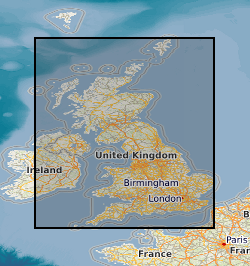
The map shows the localities of significant fossil samples, either collected by BGS Staff, or donated by individuals and institutions. The BGS fossil collections contain over 2 million specimens, including a sizeable quantity of type, figured and cited material. Since a small number of fossil locations are confidential, you are unable to view this dataset at large scales. However, if you send a data enquiry, such information may be made available. Enquiries are normally free, but a charge may be levied depending upon the time taken; users will be notified in advance. Material is available for inspection on application by e-mail. Specimens are sometimes available for loan to bona fide academics.
-
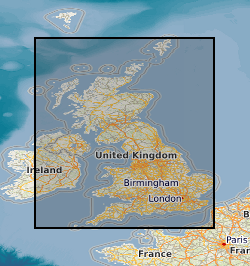
This layer of the map-based index (GeoIndex) shows the boundaries of the G-BASE (Geochemical Baseline Survey of the Environment) project mapping areas, which are reported as geochemical atlases. The majority of atlases are for stream sediment, with data on stream water and soil included where available. Separate stream sediment, soil and stream water atlases have been published for Wales. Hard copy atlases are available for Shetland, Orkney, South Orkney and Caithness, Sutherland, Hebrides, Great Glen, East Grampians, Argyll, Southern Scotland, Lake District, NE England, NW England and N Wales and Wales. Digital atlases/map products are available for the Clyde Basin, Central England, London Region and SW England. National digital atlas products are available also.
-
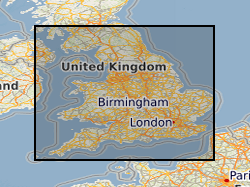
This layer of the map based index (GeoIndex) shows the availability of 1:63360 scale geological maps. The maps are available for most of England and Wales and show early geological mapping covering the OS Old Series one inch map sheet areas.
-
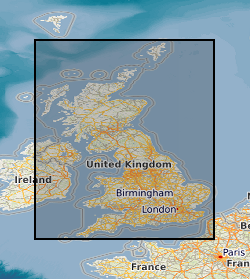
The GeoSure data sets and reports from the British Geological Survey provide information about potential ground movement or subsidence in a helpful and user-friendly format. The reports can help inform planning decisions and indicate causes of subsidence. The methodology is based on BGS DiGMap (Digital Map) and expert knowledge of the behaviour of the formations so defined. This dataset provides an assessment of the potential for a geological deposit to shrink and swell. Many soils contain clay minerals that absorb water when wet (making them swell), and lose water as they dry (making them shrink). This shrink-swell behaviour is controlled by the type and amount of clay in the soil, and by seasonal changes in the soil moisture content (related to rainfall and local drainage). The rock formations most susceptible to shrink-swell behaviour are found mainly in the south-east of Britain. Clay rocks elsewhere in the country are older and have been hardened by burial deep in the earth and are less able to absorb water. The BGS has carried out detailed geotechnical and mineralogical investigations into rock types known to shrink, and are modelling their properties across the near surface. This research underpins guidance contained in the national GeoSure dataset, and is the basis for our responses to local authorities, companies and members of the public who require specific information on the hazard in their areas. The BGS is undertaking a wide-ranging research programme to investigate this phenomenon by identifying those areas most at risk and developing sustainable management solutions. Complete Great Britain national coverage is available. The storage formats of the data are ESRI and MapInfo but other formats can be supplied.
-
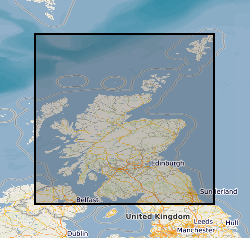
The Groundwater Vulnerability Scotland dataset forms part of the BGS Hydrogeological Maps of Scotland data product. This product is comprised of three datasets: Bedrock Aquifer Productivity Scotland; Superficial Aquifer Productivity Scotland; and Groundwater Vulnerability Scotland. The Groundwater Vulnerability Scotland dataset version 2 (2015) shows the relative vulnerability of groundwater to contamination across Scotland. Groundwater vulnerability is the tendency and likelihood for general contaminants to move vertically through the unsaturated zone and reach the uppermost water table after introduction at the ground surface. The groundwater vulnerability dataset was developed as a screening tool to support groundwater management at a regional scale across Scotland, and specifically to aid groundwater risk assessment. The data can be used to show the relative threat to groundwater quality from contamination, by highlighting areas at comparatively higher risk of groundwater contamination. The dataset is delivered at 1: 100 000 scale; the resolution of the dataset being 50m and the smallest detectable feature 100 m
 NERC Data Catalogue Service
NERC Data Catalogue Service